Search
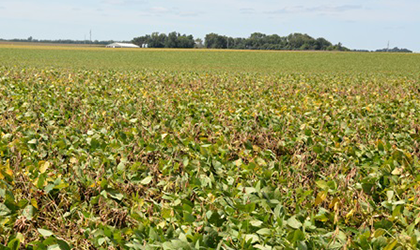
Late-Season Soybean Diseases: Know what’s killing your soybeans
Late-season soybean diseases can sometimes be mistaken for natural senescence. A closer look at the stems and roots of dying plants and the pattern displayed by dead plants in the field may reveal root or stem rots going on. In order to devise effective management practices for future soybean seasons, it is important to determine the cause of early soybean plants death.
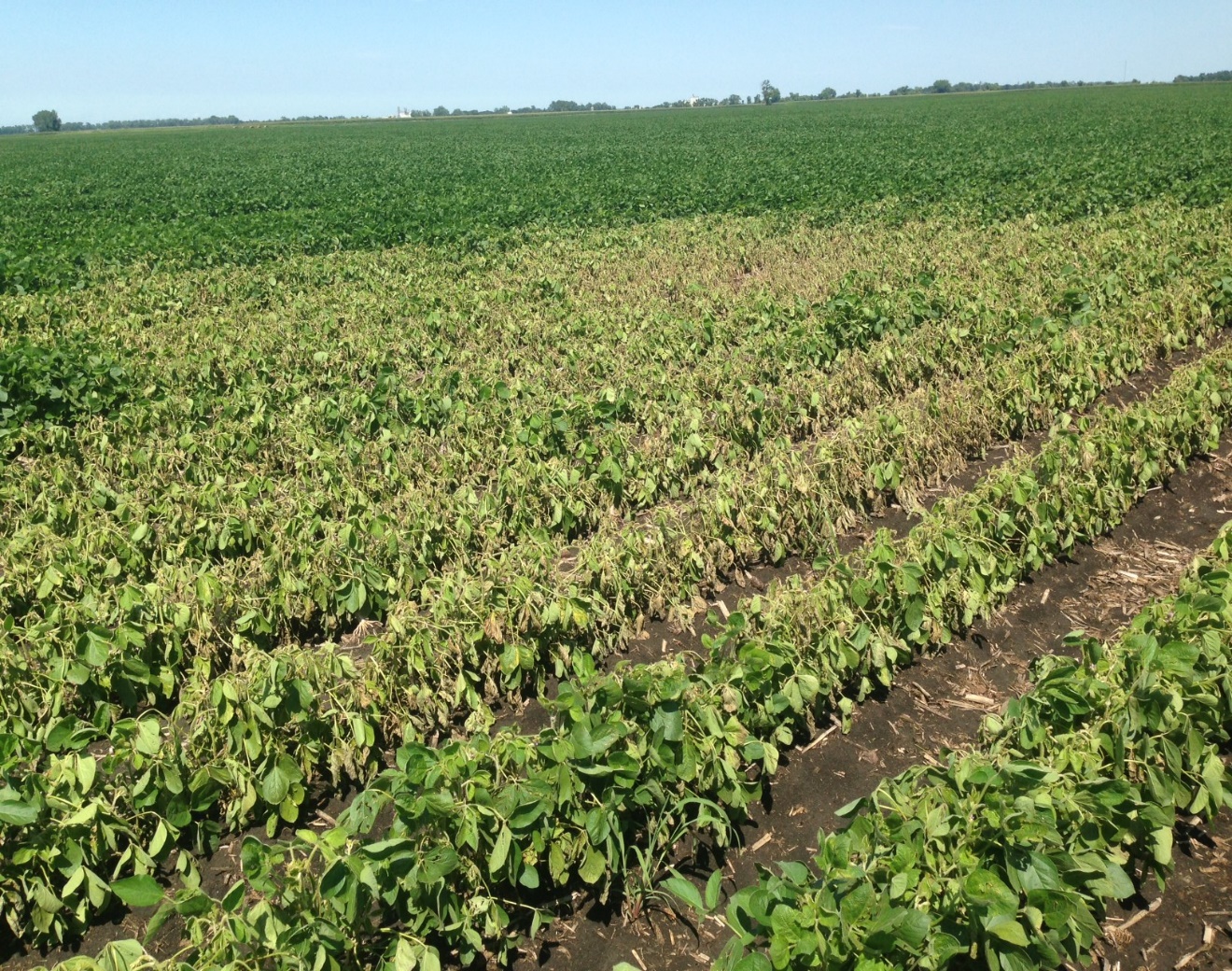
Replanting Considerations
Every season weather events such as hail or flooding can damage or destroy previously planted crops in all or in portions of fields. In May or even early June, many producers will replant these areas. As the end of June approaches, the window for replanting narrows and producers may want to do a more careful evaluation of whether or not to replant.
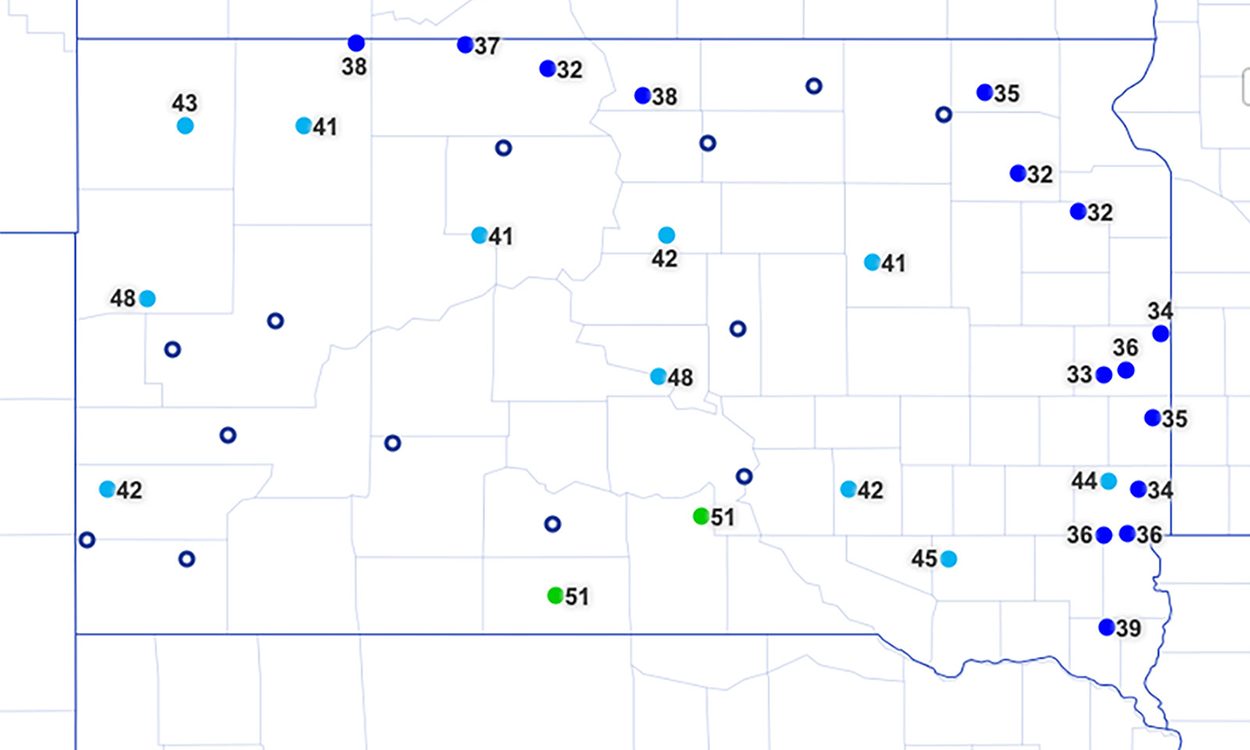
Delayed Planting Due to Soil Temperatures?
Although it can be tempting to get a head start with row crops, it's important to be mindful of soil temperatures and the risks associated with planting early.
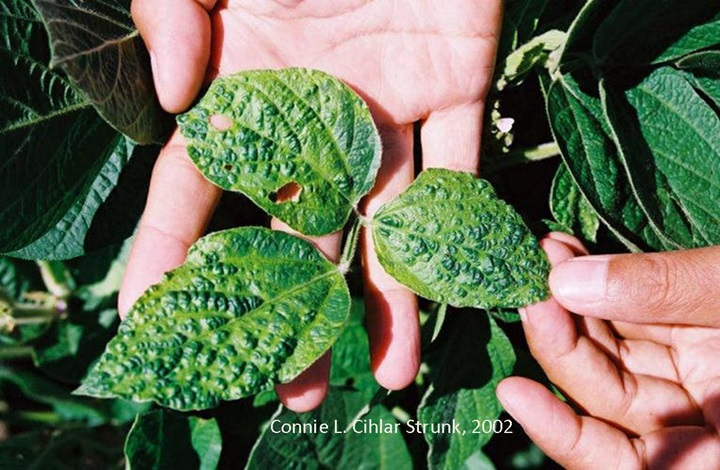
Soybean Pests: Bean Leaf Beetles and Bean Pod Mottle Virus
With the number of bean leaf beetle observations in soybean fields during 2016, the need for monitoring soybean for Bean pod mottle virus (BPMV) development increases. Bean pod mottle virus was first identified in South Dakota in 1998, and is recognized as a very economically important disease in soybean due to the potential for it to cause devastating losses to soybean yields.
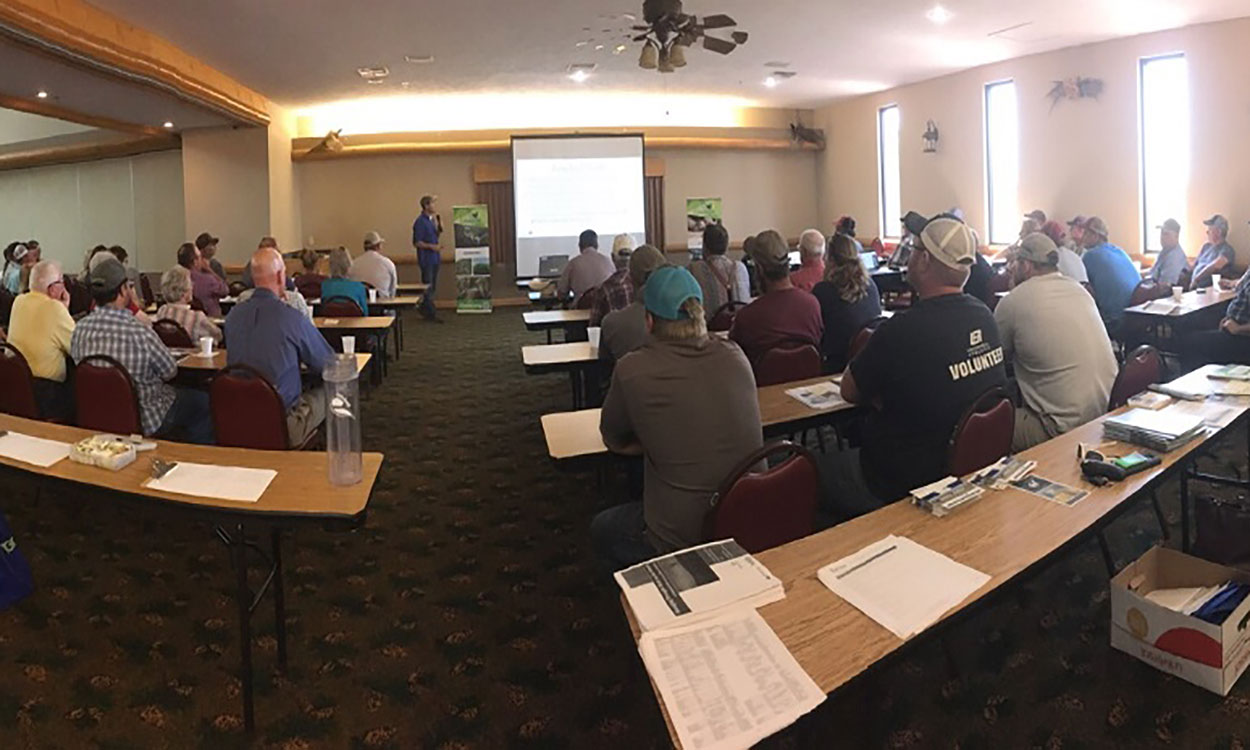
SDSU Extension to Host Drought Management Meetings
April 29, 2022
SDSU Extension will host drought management meetings across South Dakota May 10-12.

Soybean Vein Necrosis Virus Detected in South Dakota Soybeans
A new soybean virus called Soybean vein necrosis virus (SVNV) was detected in South Dakota soybean fields in Davison and Union counties. Symptomatic plants were sporadic and found along the field borders. Infected plants showed mild to moderate severity.
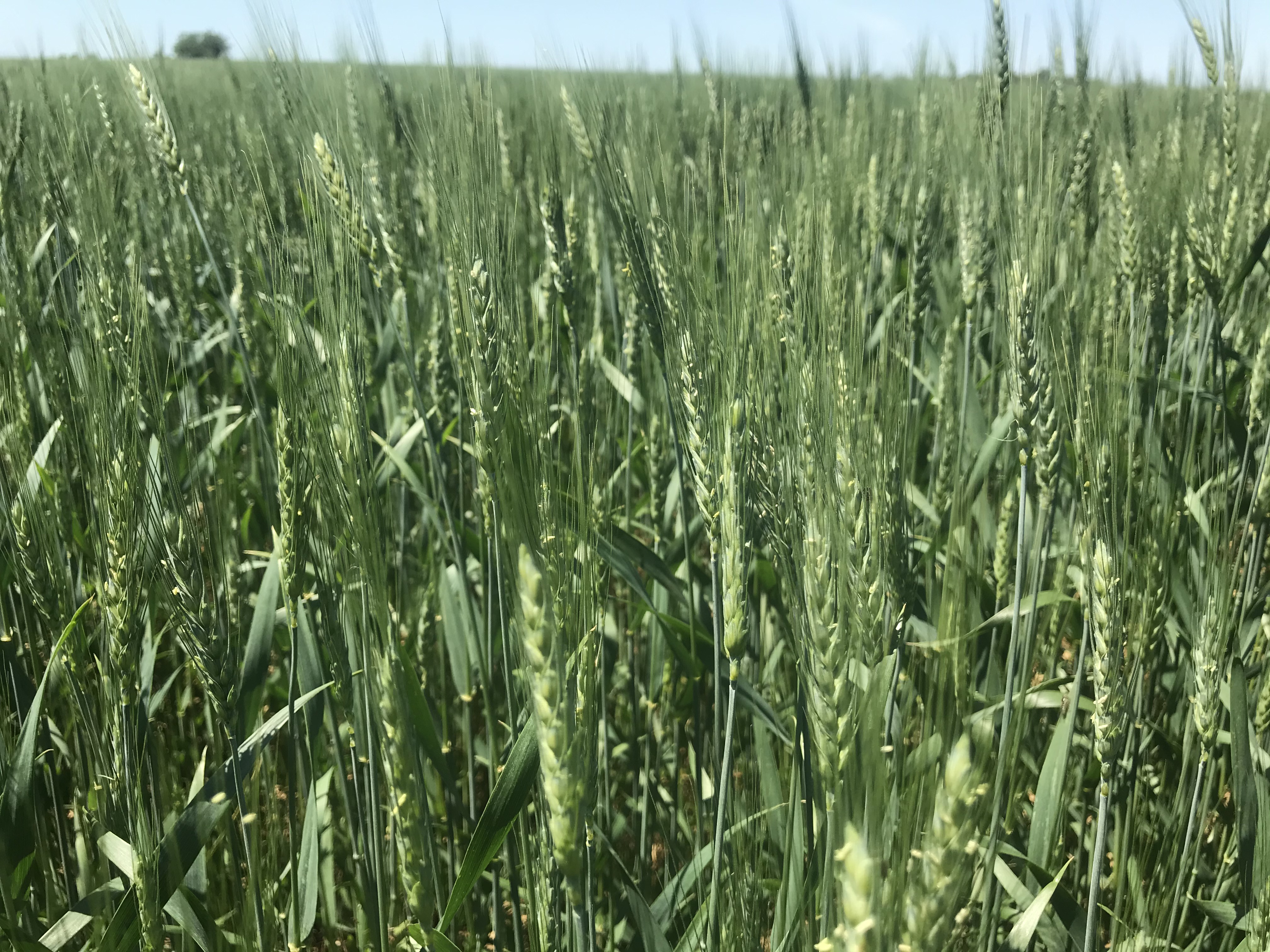
Crop Hour
SDSU Extension will deliver a series of virtual Crop Hour webinars starting January 9 through March 7, 2024, every Tuesday, Wednesday and Thursday from 10:00 a.m.-11:00 a.m. CST.
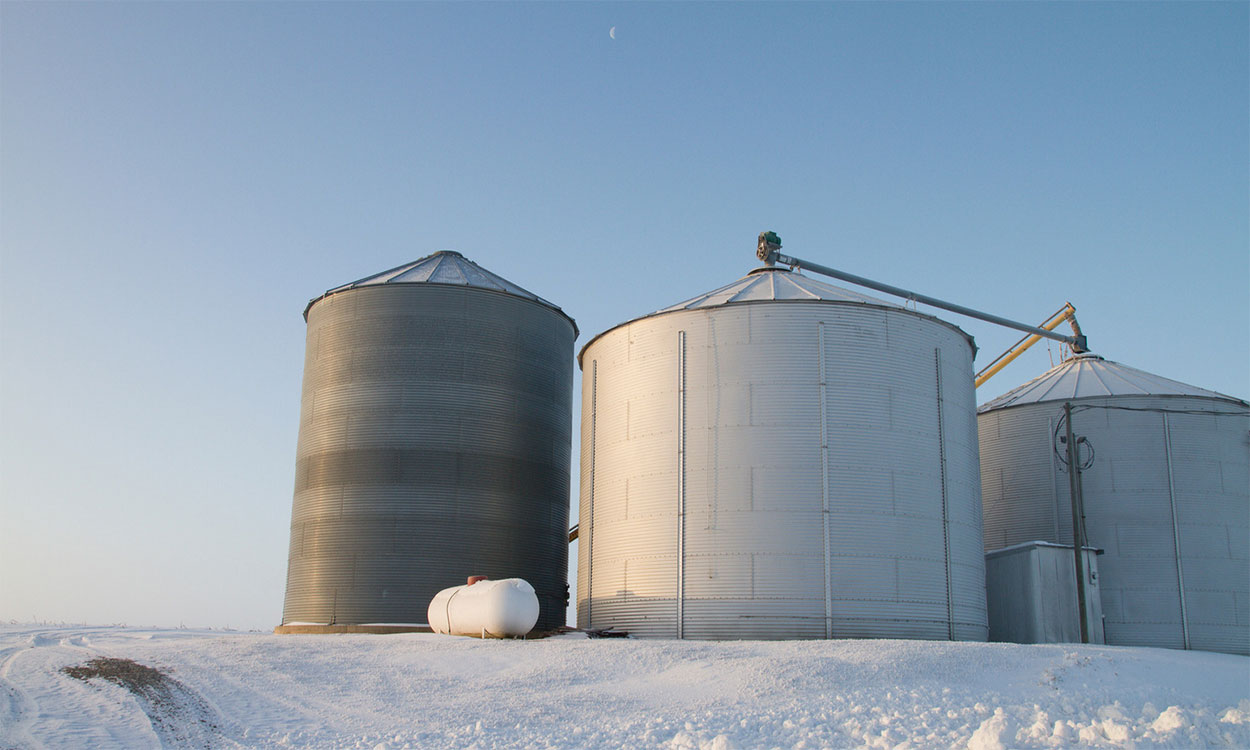
Forecasted Cold Temperatures Can Be Used To Cool Down Stored Grain
If temperatures are forecasted as being well below freezing, it would probably be a good time to start thinking about cooling stored grain. Cooling grain reduces the activity of stored grain insect pests and suppresses any mold growth that may otherwise occur.
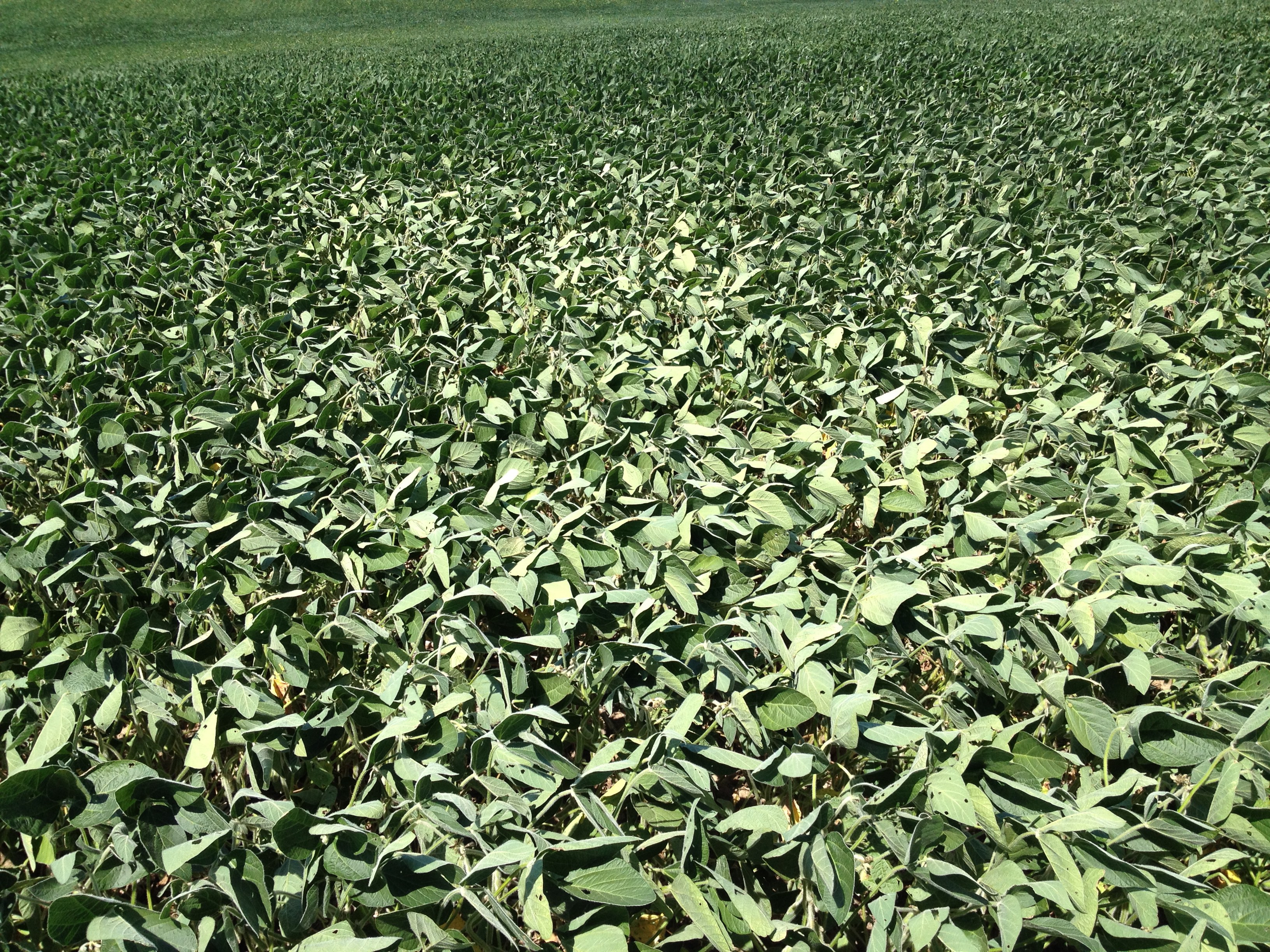
Drought Stress Symptoms in Soybean
Soybeans in South Dakota are in their moisture-critical reproductive stage. Drought stress during this growth stage can significantly impact yield, so here are some things to look for.
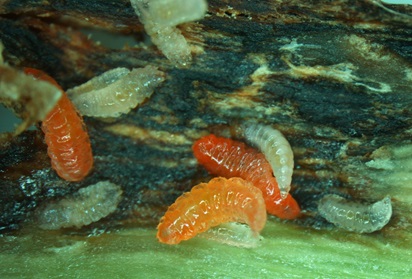
Gall Midge Larvae in Soybean Stems
Gall midge larvae were observed recently in soybean stems from a field in South Dakota. These insects were found under the epidermis of the stem that was slightly above the soil line.